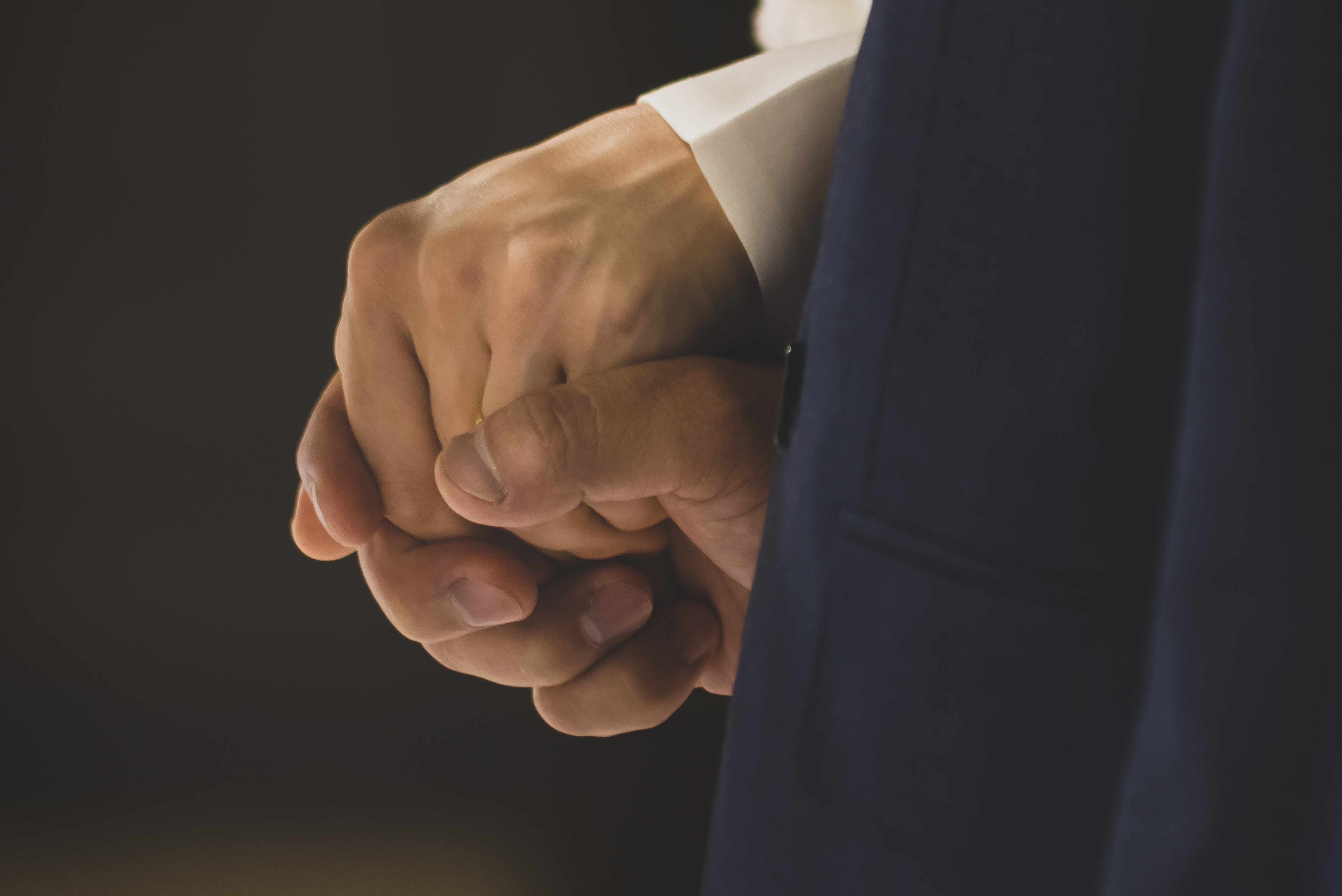Korean Wedding Culture: The Old and New

Written by Kuamah Lee
Photographed by Lorryn Smit
“Does your fiancé have money for a house?” “How much will you provide for your marriage dowry?” These were the first questions I was asked by my friends when I told them I was getting married. The idea of marriage in Korea has changed a lot from the old days. In the past, marriage was more complicated and focused on family, but today it is simpler and more individualistic. Here is a basic overview of how Korean weddings have changed over time.

Traditionally, Koreans considered marriage a very important event. People believed that two families became one through marriage. Harmony within the extended family was the most important aspect of the marriage union, not the happiness of the bride and groom. In other words, the main focus of marriage was not on the bride and groom, but on their parents and families. Because family happiness was most important, arranged marriage was common in Korea and based on the compatibility of a bride and groom, as determined through gung-hap (궁합), or the reading of a couple’s traditional Korean horoscopes. Before a marriage, parents would verify whether their children were a good match through gung-hap. This was the case with my grandparents. I remember my grandmother telling me that she saw my grandfather only once before they got married. That was in 1945. Because she didn’t choose her partner, she felt a great deal of psychological burden after their marriage. The pressure to make both families happy by pretending their parents’ choice was right, weighed heavily on her.

In addition to the bride and groom having no input as to who they would marry, the procedure of the wedding ceremony was very complicated, and contained much symbolism. For instance, during the ceremony the bride and groom would sit at a large table, called sang, with various items in front of them, all with special meaning. This included a live rooster, which represented the groom and his responsibility to protect his family; and a hen, which represented the wife and her responsibility to have many children; various fruits such as jujubes, for longevity; chestnuts, for having sons; pollock, to protect against evil spirits; and pine and bamboo branches, representing a changeless love for one another. The wedding also sometimes lasted all day and involved the entire village. It was a big event and very expensive.

Today, wedding culture in Korea is simpler. Weddings do not contain as many symbols as they used to, and they are generally more procedural. Most Koreans are married in wedding halls and the whole ceremony takes only 30 minutes. Guests give money to the couple, eat a meal in the wedding hall after the ceremony, then leave. Seu-deu-mae is a Korean expression referring to the expenses of the wedding, such as the studio photos (seu), the wedding dress (deu) and tuxedo, and facial treatment and full makeup (mae) for the bride. The wedding hall must also be rented. All this costs a great deal of money, resulting in a greater emphasis being placed on money for weddings than in the past. In this way, weddings today are more expensive. Also, the focus is heavily on the bride and groom, and not on their families.

Today, Koreans can choose who they want to marry, and weddings are less formal and more individualistic. Although some traditions continue from the old days, such as wearing hanbok and sitting at a small symbolic sang after the wedding in a ritual called pebaek, most aspects of the ceremony are different. In some cases, modern couples choose to have a traditional wedding because they want to be unique. The ceremony is slower and longer, so the bride and groom, families, and guests can really enjoy the special moment.
Regardless, marriage should be based on two people’s love and happiness. June is a popular season for weddings in Korea. If you are lucky enough to get invited to a Korean wedding, go and enjoy the scenery and unique culture. Chuk-ha-hae-yo – congratulations!







